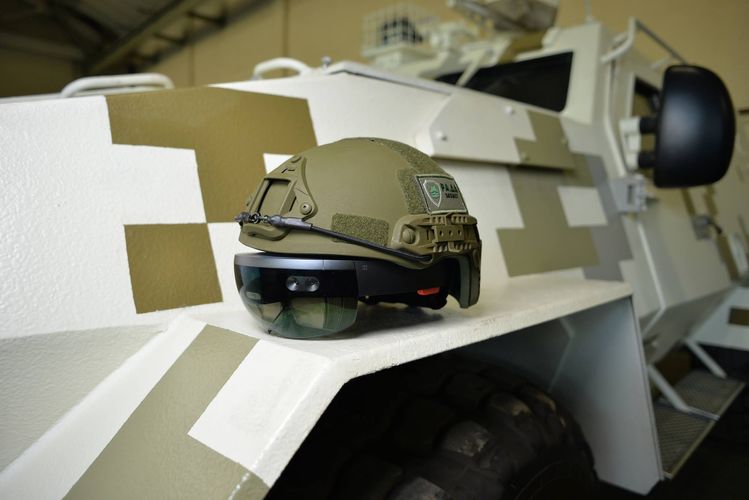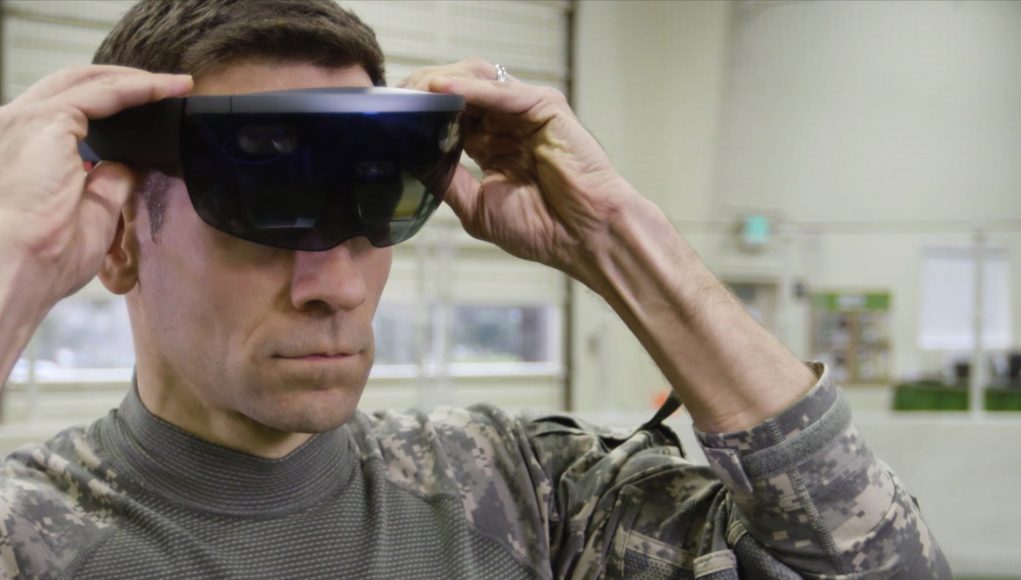Microsoft has won a $480 million contract with the U.S. Army which is poised to outfit soldiers with 100,000 Microsoft-built AR headsets.
While the contract hasn’t been publicly released on the Department of Defense’s site yet, advanced word from Bloomberg maintains that the contract will supply the Army with “prototypes for augmented reality systems” from Microsoft, which will be used in both combat missions and training.
A description of the contract filing states that winners should aim to “accelerate lethal defensive and offensive capabilities utilizing innovative components, including commercial items, for the selection of an Integrated Visual Augmentation System (IVAS).”
The contract, Bloomberg states, has a few other stipulations for its winner: the device must be able to integrate things like night vision and thermal sensing, be able measure vital signs like breathing and combat readiness, and monitor for concussions and offer hearing protection—something decidedly more involved than HoloLens can do on its lonesome.

HoloLens is however certified for use as basic protective eyewear, now sporting an IP50 rating for dust protection, and can also integrate into a purpose-built hard hats and helmets, making it an ideal candidate for a consumer device retrofitted with government-supplied kit.
“Augmented reality technology will provide troops with more and better information to make decisions. This new work extends our longstanding, trusted relationship with the Department of Defense to this new area,” a Microsoft spokesman said in a statement provided to TechCrunch.
The company hasn’t released any further public comments about the contract, however Microsoft CEO Satya Nadella says in a recent blog post that the company believes firstly “in the strong defense of the United States and [wants] the people who defend it to have access to the nation’s best technology, including from Microsoft.”
According to information released to the European Patent Office (EPO) in May, Microsoft has sold around 50,000 HoloLens units—half the number stipulated by the Army contract. That’s a pretty strong incentive for the company to dive head-first into their next iteration of HoloLens.







